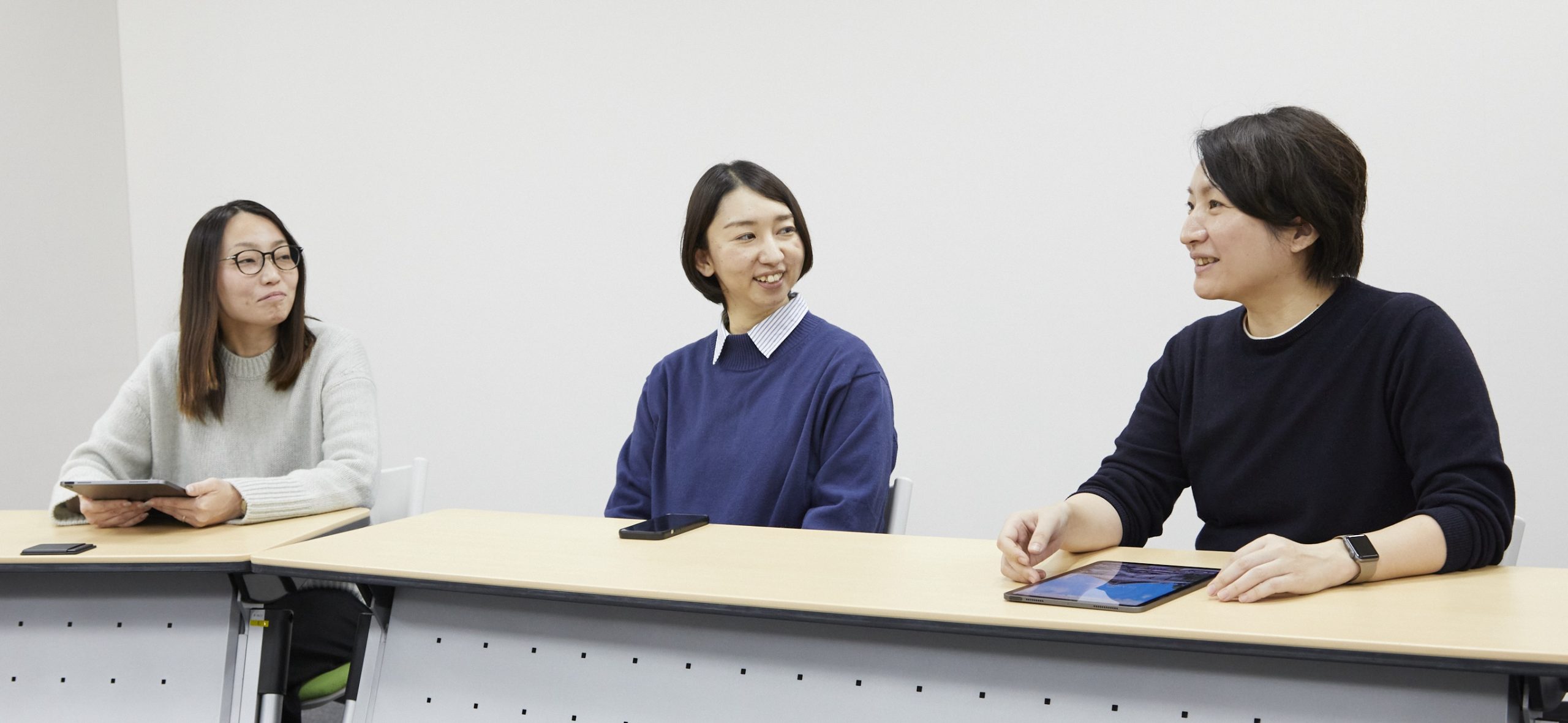![]()
![]()
事務局からのお知らせ
People Inside Tokyo Metropolitan Foundation for History and Culture Vol. 3: Role of TOKYO Smart Culture Project Staff at Arts Council Tokyo [Part 2/2]
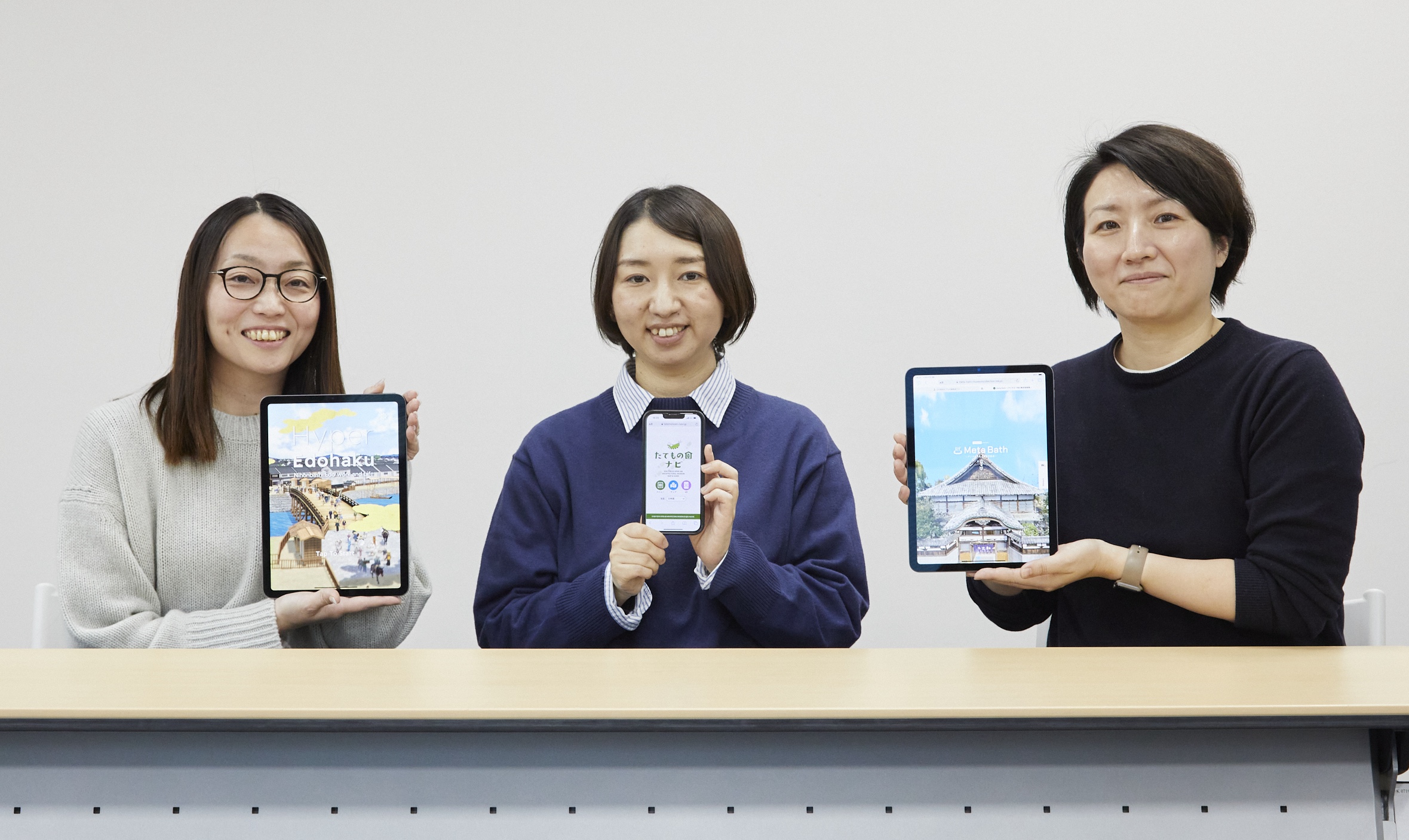
This article series focuses on people working in the Tokyo Metropolitan Foundation for History and Culture to explore their jobs and personalities. This edition introduces the jobs of the TOKYO Smart Culture Project staff. In the second part, we spoke with Kumiko Fukui, Manae Kobayashi, and Minako Taguchi about their past careers and what they value in their work.
*Department names and titles are as of the time of the interview
Manae Kobayashi: Leveraging experience gained as curator
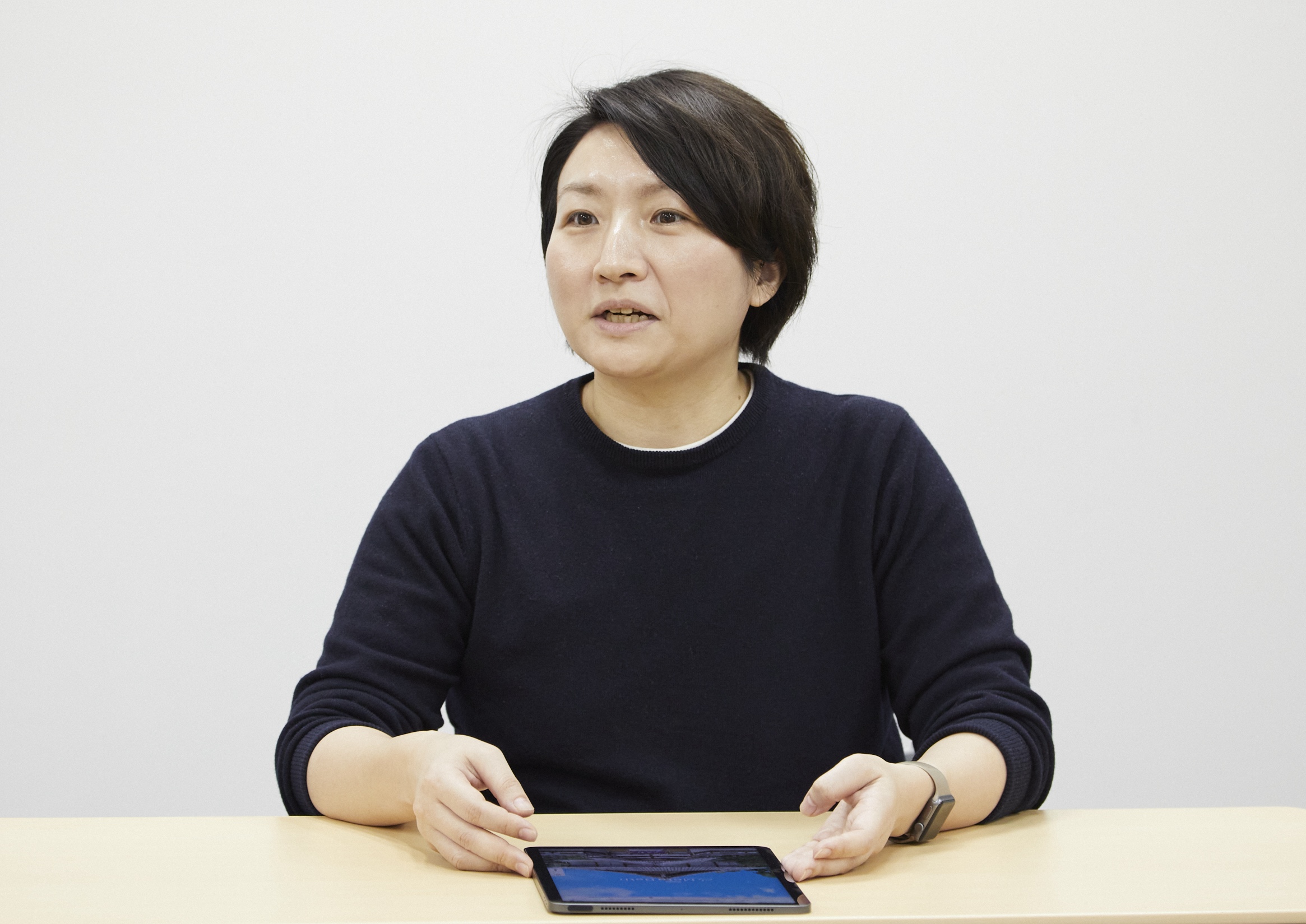
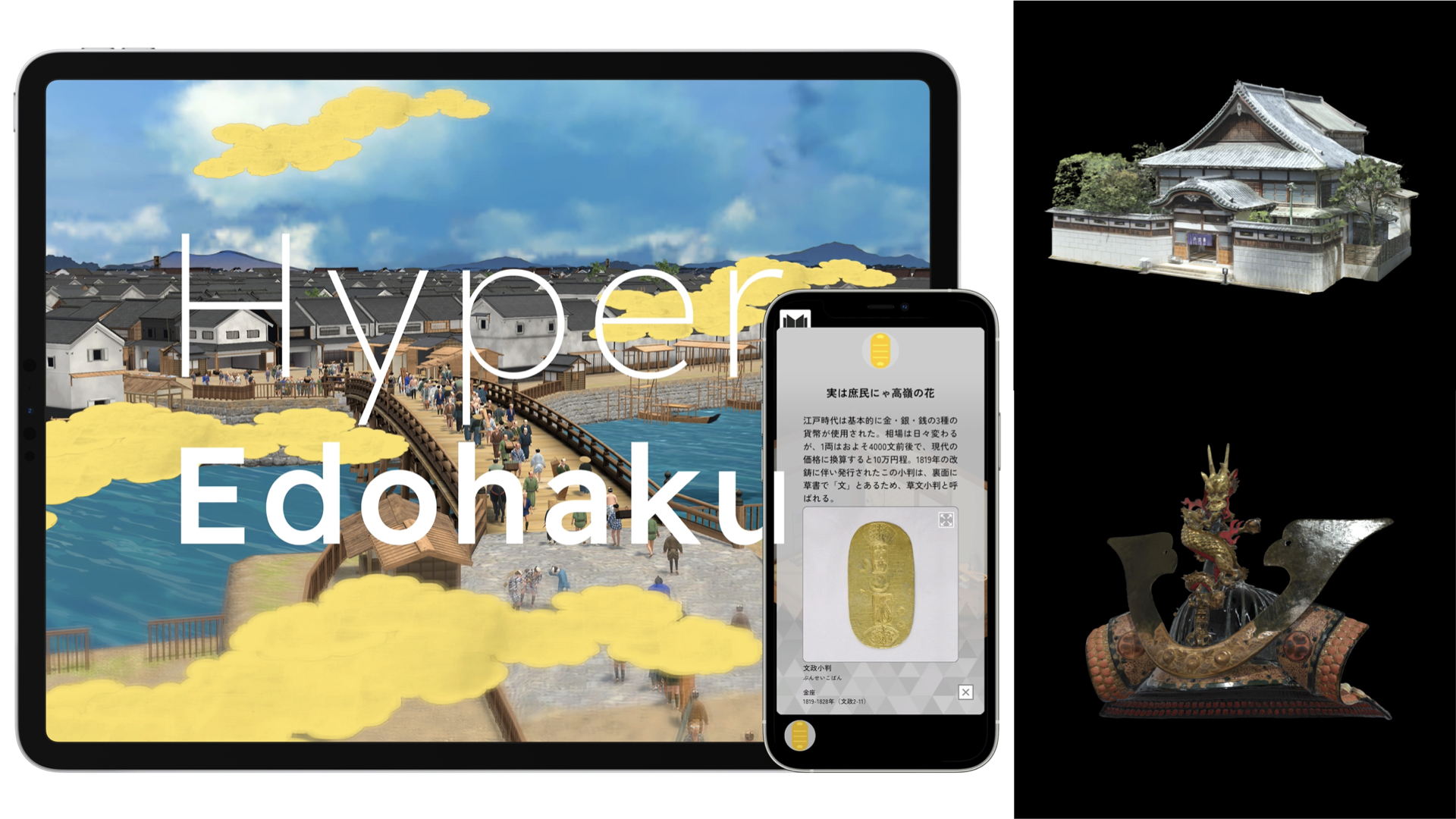
Minako Taguchi: Captivated by art and valuable materials, embracing new challenges
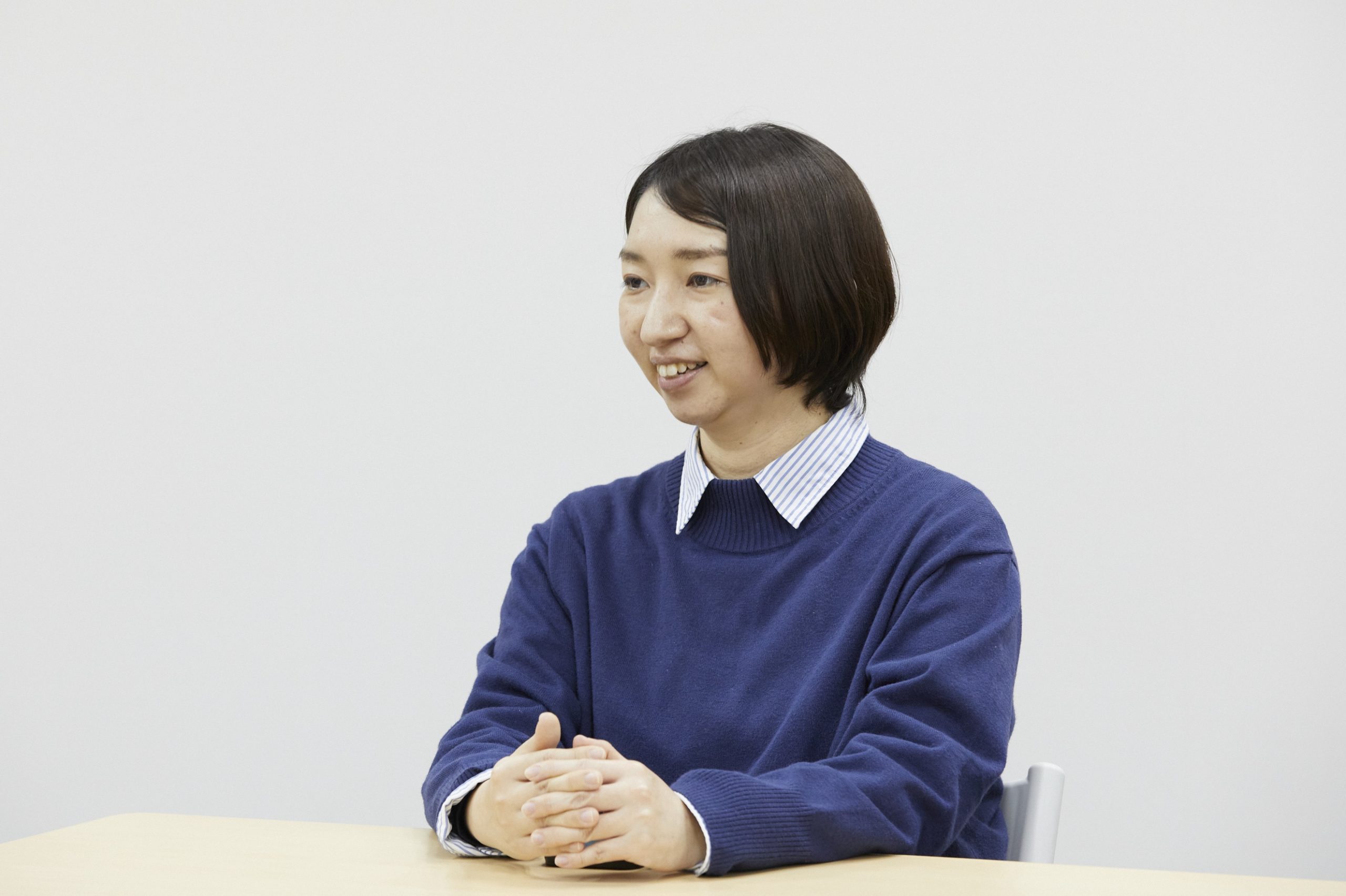
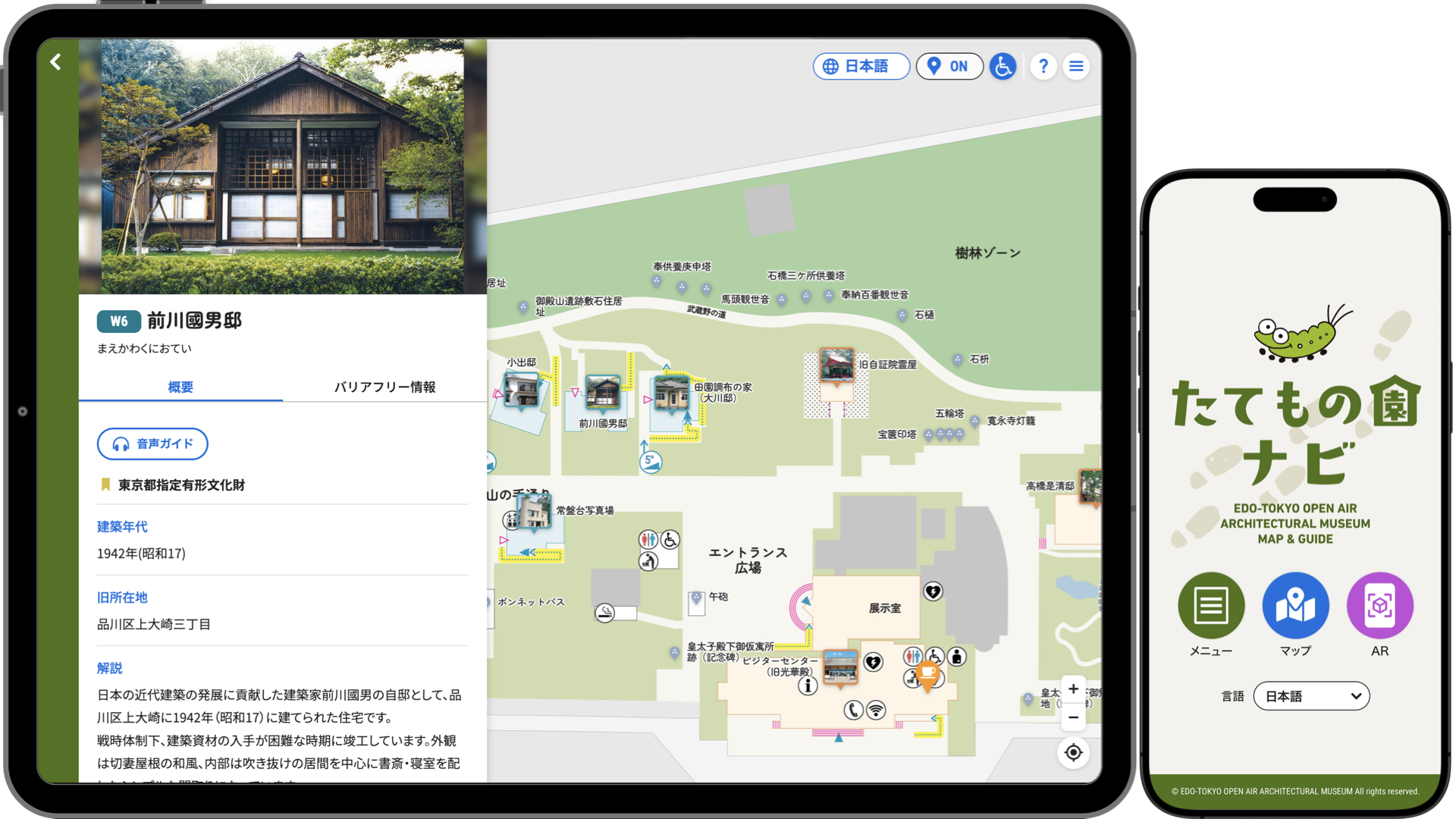
“My interest in digital archiving began when I was involved in news video archiving at my previous jobs in a broadcasting station and news agency,” says Taguchi. Later, while working at facilities managed by the foundation, she encountered the fascinating world of art. At her next workplace, she was involved in creating databases for valuable materials, such as performance records and photos related to traditional performing arts. She decided to apply for the TOKYO Smart Culture Project position with the hope of further studying digital archiving.
“The time I spend working with materials is still as enjoyable as ever,” says Taguchi. “At the same time, the work I do is full of new challenges. Most of my tasks in the past were contained within the facility or department, but now, nothing progresses without collaboration with all the facilities.” She emphasizes that she tries to visit the facilities as much as possible and maintain communication.
Kumiko Fukui: It all began with encounter with media art and digital archiving
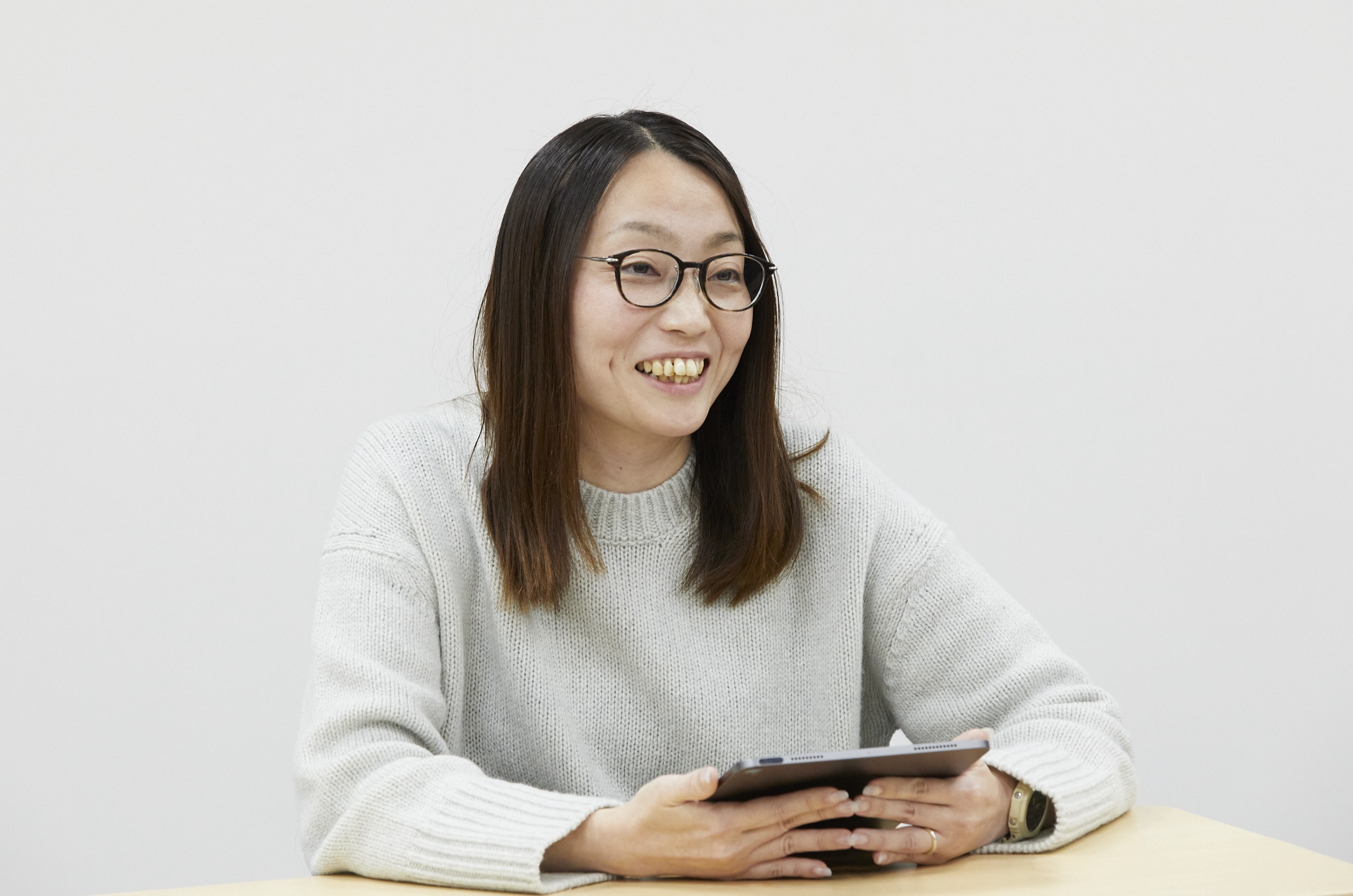
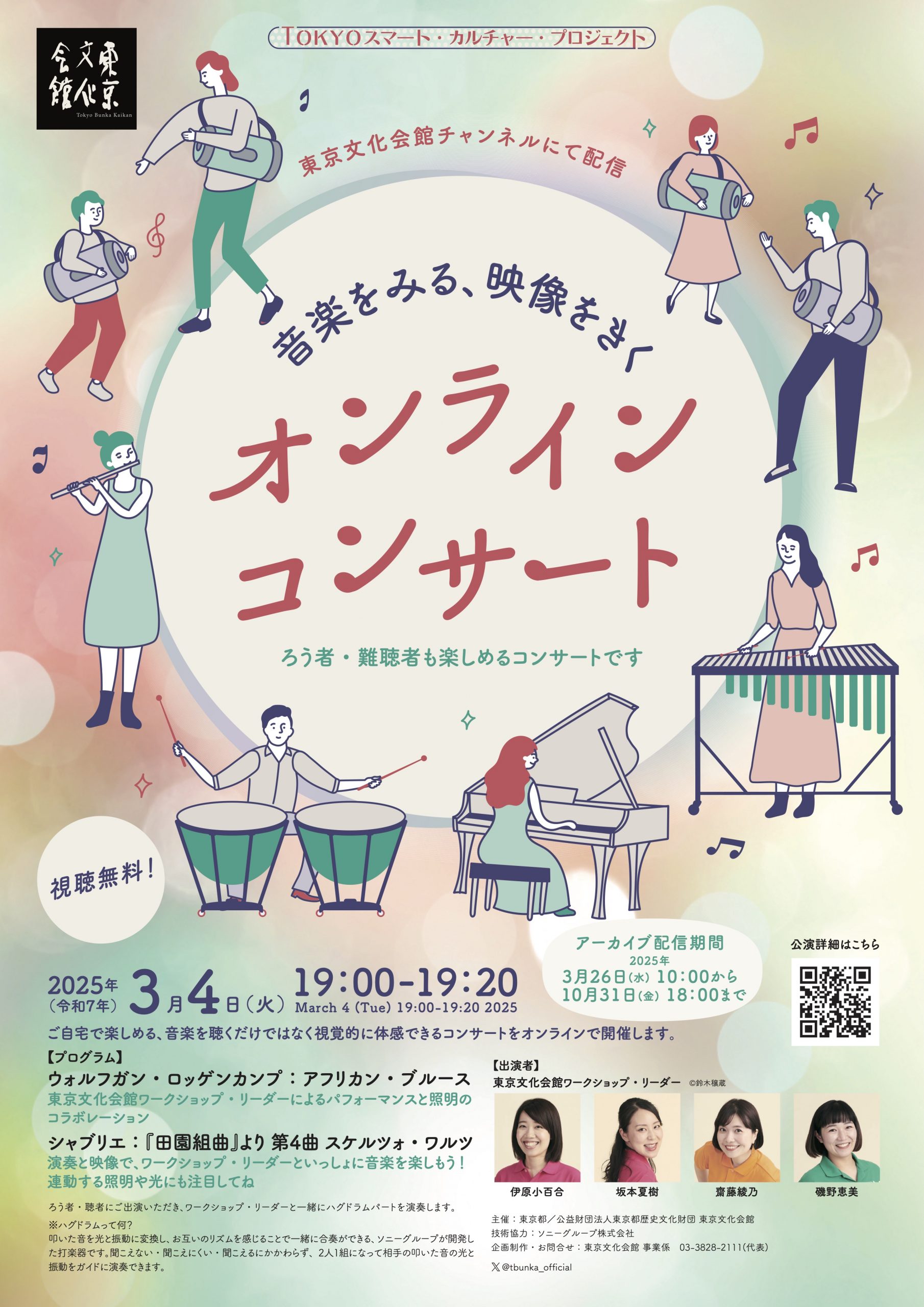
She then worked at galleries and museums, where she became aware of the significance of sketches, manuscripts, and other materials that artists keep with themselves. Even now, she continues to engage in archiving artists’ materials as a personal endeavor. “When handling a vast amount of materials, it’s important to step back and take a broader perspective. That sometimes means avoiding deep focus on a single item and instead managing multiple materials at the same time,” says Fukui. She seems to be a perfect fit for the TOKYO Smart Culture Project team, which manages materials in art, history, folklore, music, and architecture.
